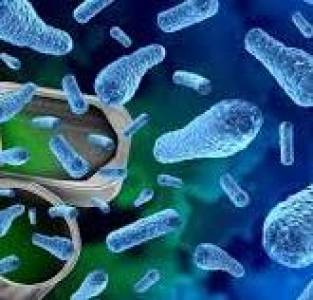
Anaerobic bacteria are microorganisms that thrive in environments devoid of oxygen. Unlike aerobic bacteria, which require oxygen for respiration, anaerobes either tolerate the absence of oxygen or are actively inhibited by its presence. This unique characteristic shapes their diverse roles in various ecosystems and industries, from environmental remediation to human health. This product delves into the fascinating world of anaerobic bacteria, providing a comprehensive understanding of their biology, ecology, and applications.
This product is designed for a broad audience, including:
This comprehensive guide will be available as a [Specify Format, e.g., digital eBook, printed textbook, online course].
[Include links to purchase the product, contact information, and any relevant website links]